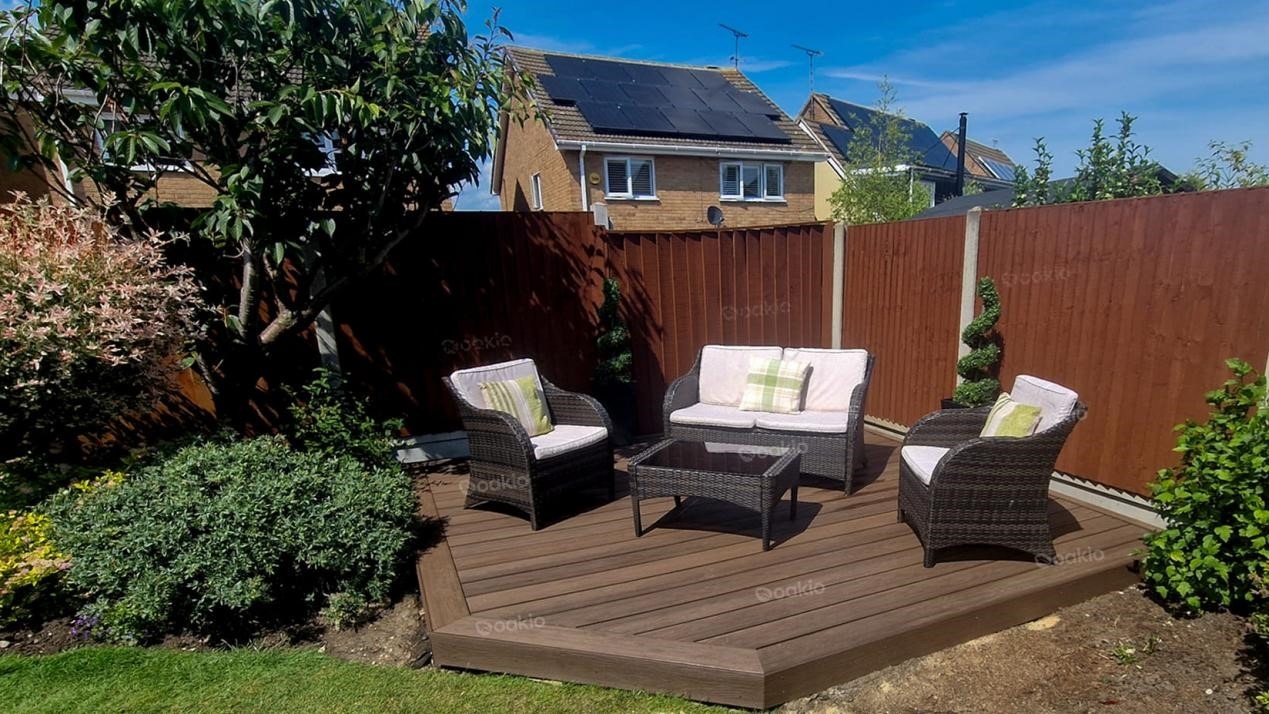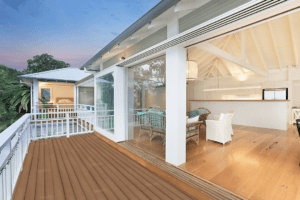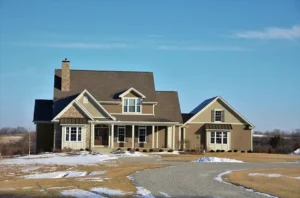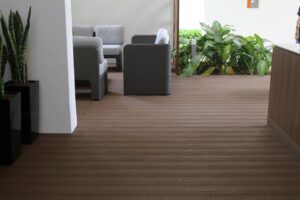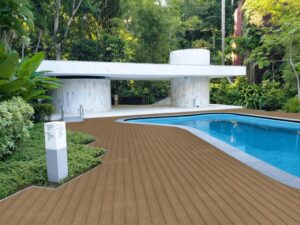[2024 Update] How to Prevent the Composite Decking from Cracking and Warping?
Composite decking, often referred to as wood-plastic composite (WPC) board, boasts remarkable resistance to water, flames, insects, and corrosion, making it an ideal solution for outdoor applications. Nevertheless, challenges such as composite decking cracking, warping, and deformation can surface over time if not addressed meticulously. Let’s delve into the critical aspects of “Reasons for Cracking & Warping” and explore comprehensive “Preventive Measures” to uphold the structural integrity of composite decking.
Reasons for Composite Decking Cracking & Warping
1. Quality of Materials
In the competitive realm of composite decking, the relentless pursuit of profit by some manufacturers can jeopardize the integrity of the materials used. These mercenary manufacturers, driven by the desire to seize a larger share of the booming composite decking market, often resort to compromising on the quality of raw materials. This compromise, unfortunately, has severe repercussions, as the utilization of subpar materials significantly diminishes the overall quality of the flooring produced. Consequently, this compromise manifests in various issues, with cracking and deformation emerging as prominent challenges during the routine use of composite decking.
2. Improper Indoor/Outdoor Use
The versatility of composite decking comes with a caveat— it’s not universally suitable for both indoor and outdoor use. Unfortunately, irresponsible marketing practices often mislead consumers, promoting the misguided outdoor use of composite materials. This unawareness of the inherent risks can lead to deformation and damage, especially when subjected to the unpredictable and diverse weather conditions of the outdoors. It’s crucial for consumers to understand the specific applications for which composite decking is designed to ensure its longevity and optimal performance. Composite decking is not universally designed for both indoor and outdoor applications. Irresponsible marketing practices may lead consumers to use these materials outdoors, unaware of the inherent risks. This can result in deformation and damage, particularly when exposed to diverse weather conditions.
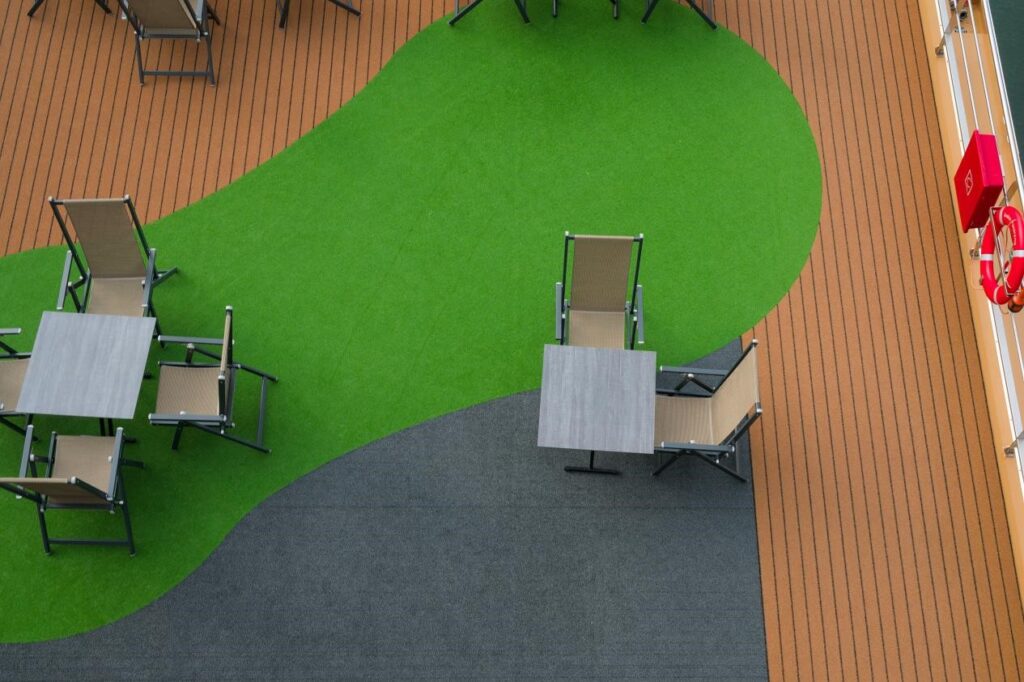
3. Water Absorption and Expansion
Composite decking’s susceptibility to water absorption is a critical factor contributing to its potential for expansion, especially during rainy periods. The recurrent cycles of contraction and expansion, a natural response to fluctuating weather conditions, play a significant role in the long-term deformation of composite decking materials. Understanding this behavior is essential for homeowners, guiding them in adopting preventive measures to minimize the impact of water-related issues on their decking investments.
Preventive Measures
1. Choose Reputable Manufacturers
Selecting composite decking from reputable manufacturers is paramount to ensuring product longevity and performance. Reputable manufacturers have a track record of producing high-quality, durable materials that withstand the test of time. Conducting thorough research, including reviewing customer testimonials and ratings, serves as a valuable tool for potential buyers. This due diligence enables consumers to make informed choices, aligning with their expectations for long-lasting, resilient composite decking that enhances both the aesthetic and functional aspects of outdoor spaces.
2. Verify Indoor/Outdoor Suitability
Prior to embarking on the installation of composite decking, it is crucial to ascertain its suitability for outdoor use. Thoroughly review and adhere to the manufacturer’s recommendations regarding application conditions. This meticulous verification process serves as a proactive measure to prevent potential deformation issues that may arise when the decking is exposed to various weather conditions. Ensuring that the chosen decking aligns with its intended use guarantees a more stable and resilient outdoor flooring solution, mitigating the risk of deformations and enhancing the overall performance and aesthetic appeal of the composite decking.
3. Proper Installation Techniques
Achieving a successful installation of composite decking requires strict adherence to manufacturer guidelines. Employ recommended fasteners and allocate sufficient space for the material’s natural expansion and contraction. By securing the decking meticulously with screws and maintaining uniformity during installation, the risk of deformation is significantly minimized. This commitment to proper installation techniques not only ensures the structural integrity of the decking but also enhances its longevity and resilience against potential issues, providing homeowners with a durable and aesthetically pleasing outdoor flooring solution.
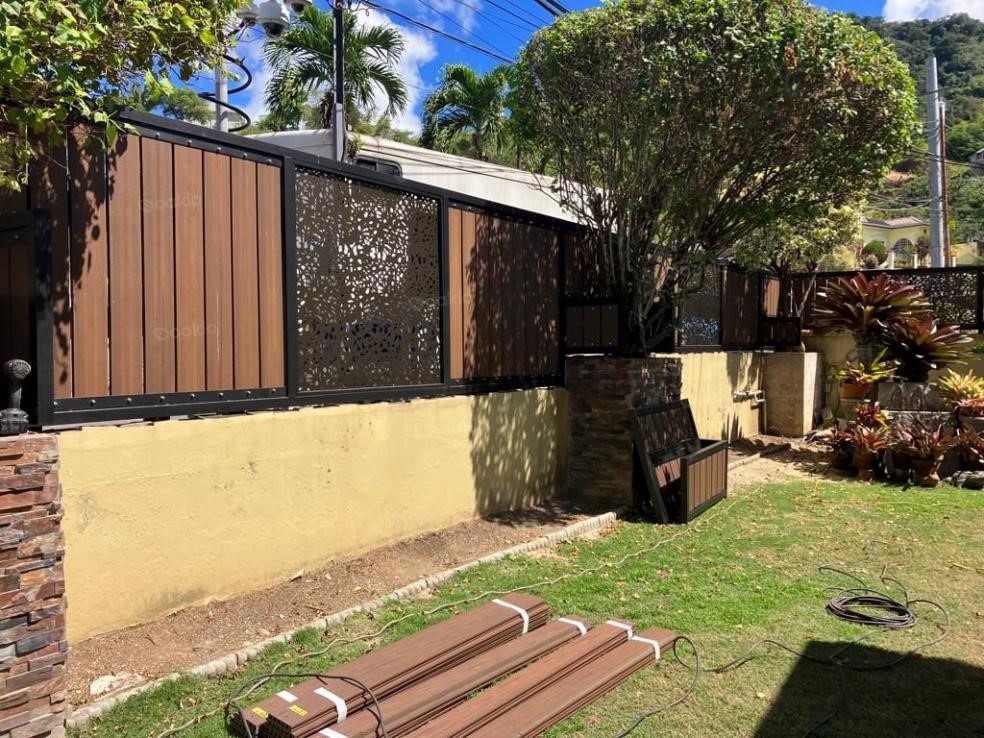
4. Regular Maintenance
Regular maintenance is pivotal in ensuring the longevity and performance of composite decking. Implement a routine schedule for cleaning and upkeep to keep the decking free from debris. Utilize a soapy water solution for periodic cleaning, especially after exposure to adverse weather conditions. This proactive approach not only enhances the decking’s visual appeal but also mitigates the risk of mold and mildew growth, contributing significantly to the prevention of deformation. By integrating regular maintenance into your composite decking care routine, you can enjoy a durable and aesthetically pleasing outdoor space for years to come.
5. Consider Climate Factors
When selecting composite decking, factor in the prevailing climate of your region. Understanding how the material responds to specific weather conditions, including rain, sunlight, cold, and heat, is crucial for implementing effective preventive measures. By aligning your decking choice with the climate, you optimize its performance and durability. This proactive consideration ensures that the composite decking can withstand environmental challenges, minimizing the risk of deformation and enhancing its overall resilience against the elements. Choose wisely based on your climate factors for a decking solution that stands the test of time.
6. Keep an Eye on Technologies
Stay informed about the latest advancements in composite decking technologies, as some manufacturers may introduce enhanced formulations specifically designed to resist deformation more effectively. By keeping an eye on the latest innovations, you can make an informed decision and choose decking materials that incorporate the most current preventive measures. Embracing enhanced material technologies ensures that your composite decking is equipped to withstand potential deformation challenges, offering improved longevity and performance in various environmental conditions.
Conclusion
In conclusion, while composite decking stands as an excellent alternative to traditional materials, proactive measures are indispensable to prevent composite decking cracking and deformation. A commitment to selecting high-quality products, adherence to installation guidelines, and consideration of environmental factors will contribute to the long-term stability and aesthetic appeal of your composite decking. By prioritizing these preventive measures, you can create a beautiful and enduring outdoor space that stands the test of time.
Trending Reading
What Are the Differences Between the WPC Board and PVC Board?
[2024 Update] How Long Does WPC Decking Last?
